Rickie Fowler Golf Swing Tips
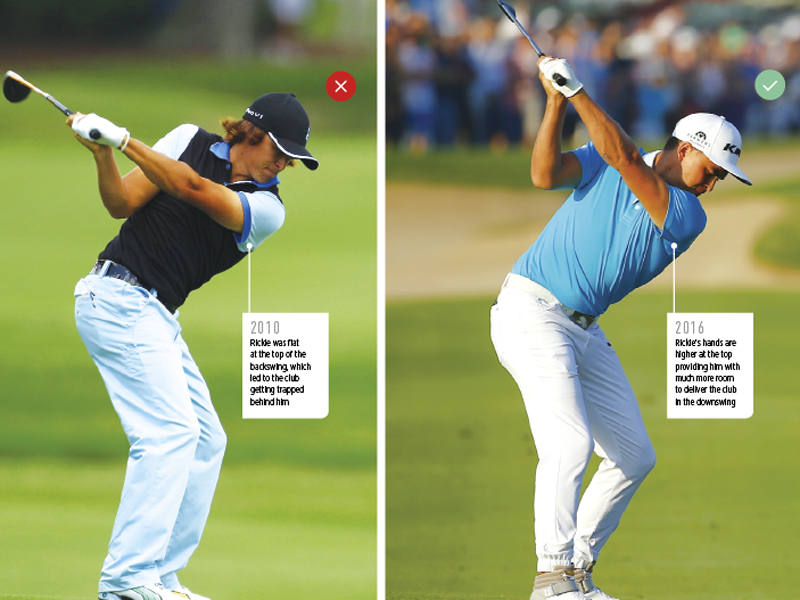
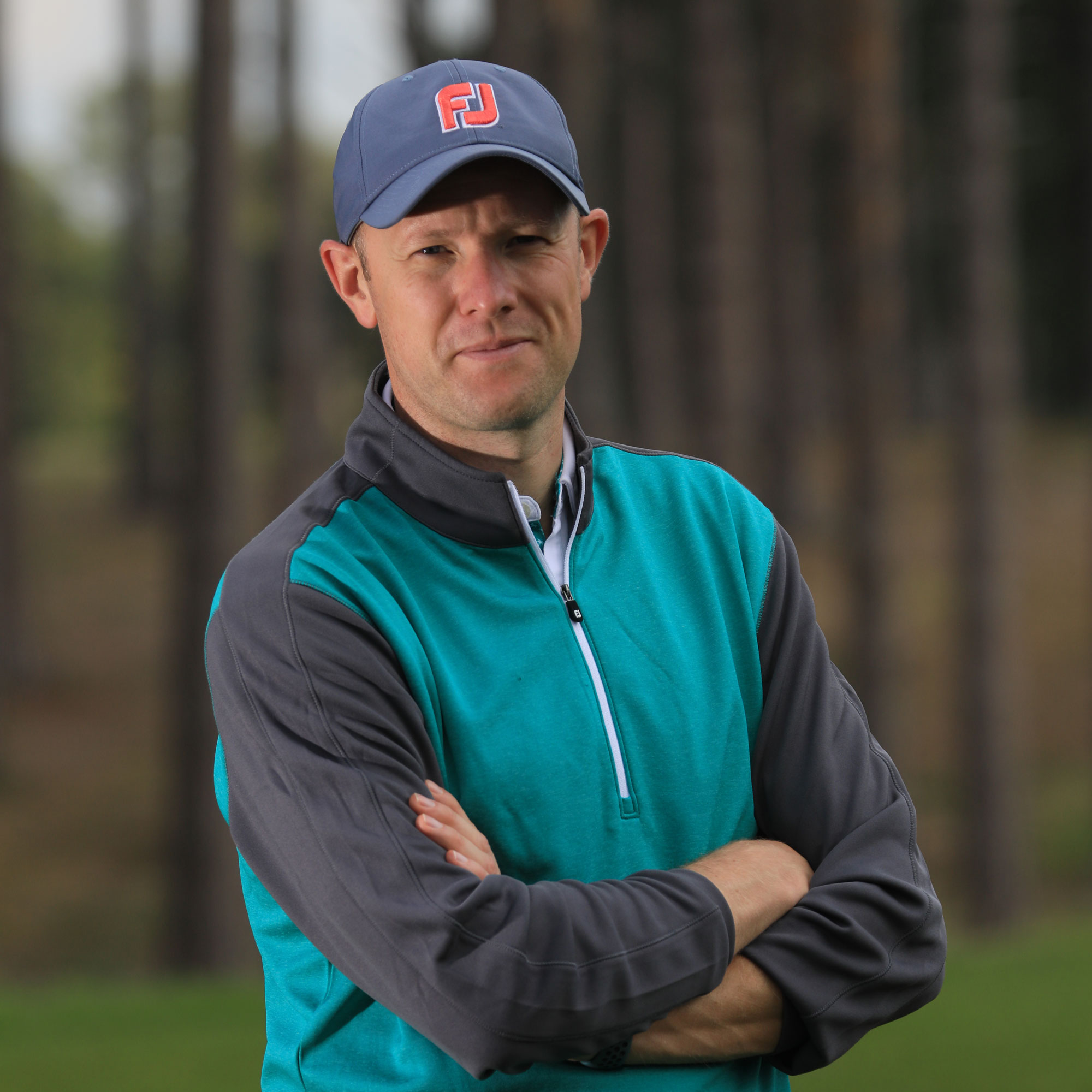
In this exclusive feature, Golf Monthly Top 25 Coach, Clive Tucker, offers some in-depth Rickie Fowler Golf Swing Tips including how you can unlock your power potential
In this exclusive feature, Golf Monthly Top 25 Coach, Clive Tucker, looks at the detail in Rickie’s technique. From his secret power ingredient to his pressure-proof putting process, Clive places Fowler’s game under the microscope and offers some simple Rickie Fowler golf swing tips.
Rickie Fowler Golf Swing Tips
Rickie Fowler had a stellar amateur career but as he made his way into the professional ranks it became clear he needed to make some technical changes to his swing. On his day, Rickie was one of the best in the world, but his lack of long-game consistency was holding him back. In 2013 Rickie enlisted the help of Butch Harmon and they made a subtle, but hugely important change to his takeaway. Rickie would have a tendency to drag his hands away on the inside so that a few feet into the swing the clubhead was a long way outside the line of his hands. The knock-on effect was that the club would be incredibly flat at the top of the backswing (see 2010 image above). To hit a good shot from here requires compensations in the downswing. All this leads to inconsistency.
What I admire about the changes Butch and Rickie made was that they didn’t try to completely remodel his swing. Instead, they concentrated on the takeaway. His hands now stay away from his body for longer as the club goes back – this is now much more orthodox. It sounds simple and it is – that’s why Rickie was able to implement the change without a dip in form. The result? Just look at his top-of-backswing position now. His swing radius is on a much better path and he doesn’t have to make as many compensations in the downswing to hit good shots. This means he can move faster without losing control of the clubface, a simple change that has transformed his game.
Clive’s Tip
Take care over your address position to ensure your body is correctly aligned – maybe get a friend to take a video. Once you are able to repeat a good set-up, work on your takeaway. Make sure the clubhead moves away first followed by the hands and arms.
Get the Golf Monthly Newsletter
Subscribe to the Golf Monthly newsletter to stay up to date with all the latest tour news, equipment news, reviews, head-to-heads and buyer’s guides from our team of experienced experts.
X Factor Stretch
The X-factor refers to the difference in the angle of the shoulder and hip rotations at the top of the backswing. As a basic guide, the hips turn 45˚ while the shoulders go as far as 90˚. The greater the difference, the more power you create. What Rickie does so well, however, is the X-factor stretch. As his shoulders are finishing their backwards rotation, Rickie’s lower spine is already turning in the opposite direction – this stretches the X-factor providing some invaluable extra speed. Crucially, and this is where players can go wrong, you need your hips to be mobile in the backswing to create the room to unwind the lower spine and trigger the downswing. Rickie’s X-factor stretch is the secret ingredient that allows him to hit the ball so far despite his slight frame.
Golfers can get sidetracked by the search for resistance between upper and lower body. As they look to create as much X-factor as possible they forget to move their hips (the rotation may only be 20˚) and this prevents them creating the room for the stretch in these angles at the start of the downswing. Don’t be afraid to turn your hips a little in the backswing – this might actually help create power.
Clive’s Tip
Place a stick through your belt buckle and hold a second one across your shoulders. Try to extend the angle between them as you start down.
Practice
I love the way Rickie practises – I think it should be the blueprint for all of us. He starts with his wedges and works his way up through the bag. There is nothing unusual about that. But he is working on exactly the same ‘swing feels’ with each club and, crucially, at the start of the routine he is swinging very slowly. This makes those ‘swing feels’ much easier to sense and repeat. As he builds up the pace he uses an alignment stick to ensure his address position is correct. As the pace slowly builds, he develops a great feel for the exact moves he is trying to achieve. By the time he reaches the driver, his swing is fully in-tune.
9 Tour Player Practice Golf Drills
Clive’s Tip
Whatever you are working on, start by making swings at a pace you can control. Swing slower than usual but concentrate on the swing change you are looking to implement. By swinging slower you’ll gain a much better feel for what you are trying to do. Ultimately, this approach makes the changes easier to achieve, easier to repeat and faster to learn. Watch Clive's How To Practice video.
Confidence
Confidence, as we all know, is king and nothing beats holing putts. However, for Rickie, confidence also comes from the care and attention he takes over the basics. His pre-round routine is interesting from this perspective. Before he hits a single shot on the range, he hits a series of short-range putts using a mirror to check his alignment and eye position. The latter is important because the position of your eyes in relation to the ball determines whether you are able to see the correct line at address. His technique is very orthodox and the stroke has a great flow. The important element to take from this is the incredible care he takes over how well he is lined up. When he is competing for real, this care and attention is replicated (without the mirror!), and I’m sure this helps him relax whenever he has an important putt to make.
After this initial practice he heads to the range, but once he’s worked through his bag, Rickie returns to the practice green to hit lag putts. He does this to ensure he has a feel for the speed of the greens as close as possible to his tee-time. Crucially, he takes just the same level of care over his alignment from long range as he does from short range.
How Tour Players Practise Putting
Clive’s Tip
Rickie’s putting stroke has a fantastic rhythm – this is down to his ability to release the putter (the toe overtakes the heel after the strike). Place an empty ball sleeve under each arm and try to keep them in place as you hit putts. Your shoulders create the momentum for the stroke and this connects your arms to that movement. Get it right and your stroke will have a flow and release.

In July 2023, Neil became just the 9th editor in Golf Monthly's 112-year history. Originally working with the best coaches in the UK to produce instruction content, he has also presented many Golf Monthly videos looking at all areas of the game from Tour player interviews to the rules of golf.
Throughout his time with the brand he has also covered equipment launches that date back well over a decade. He clearly remembers the launch of the Callaway and Nike square drivers as well as the white TaylorMade driver families, such as the RocketBallz! If you take a look at the Golf Monthly YouTube channel, you'll see his equipment videos dating back over a decade! He has also conducted 'What's In The Bag' interviews with many of the game's best players like Rory McIlroy, Dustin Johnson and Jon Rahm. Over the years, Neil has tested a vast array of products in each category and at drastically different price-points.
Neil is currently playing: Driver: TaylorMade Stealth Plus Fairway Wood: Titleist TSR2 Hybrid: Titleist TS3 Irons: PING Blueprint S (4&5), PING Blueprint T (6-PW) Wedges: Titleist Vokey SM7 50˚, 54˚, 60˚ Putter: Odyssey Triple Track Ten Ball: Titleist Pro V1X
-
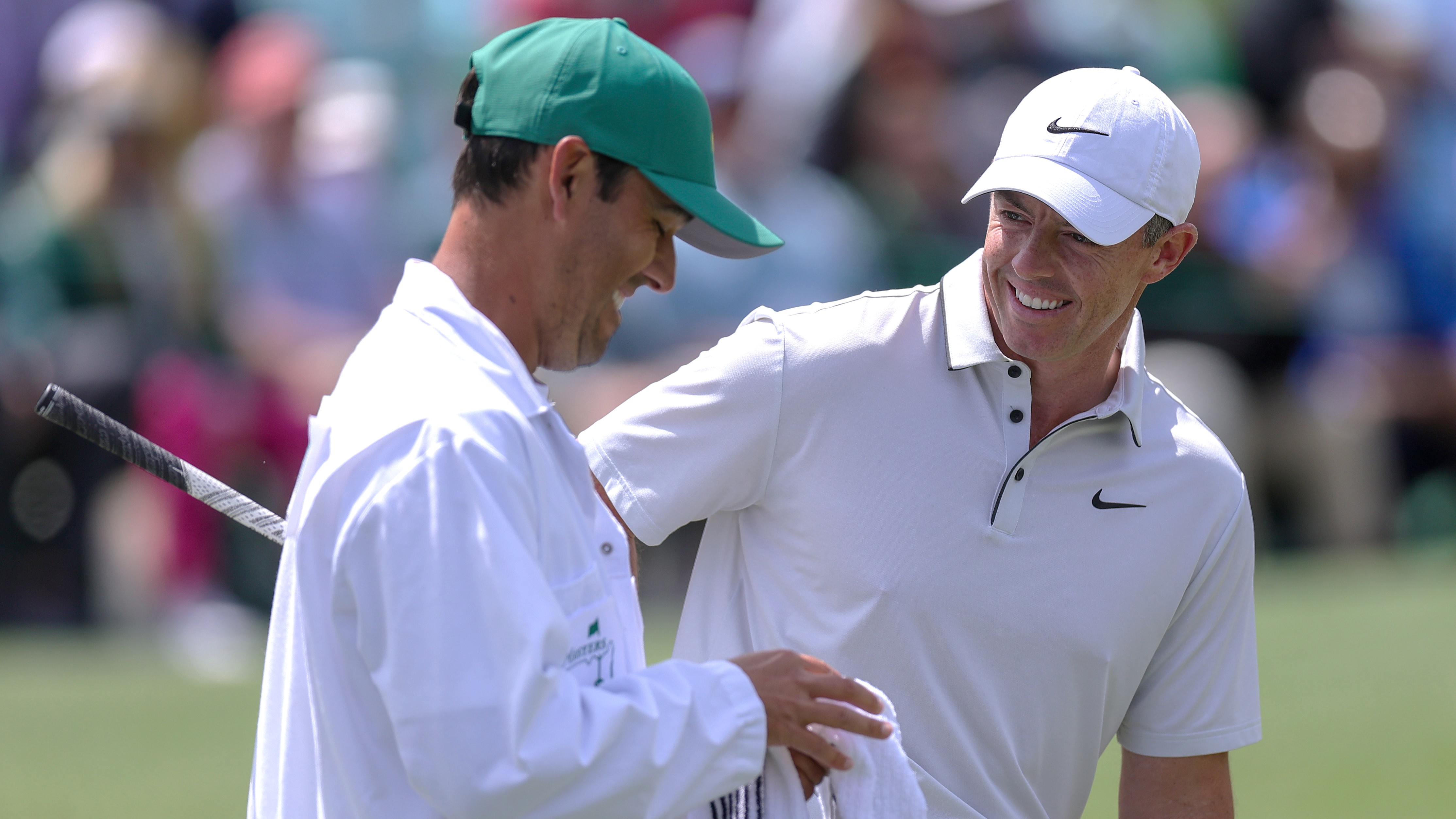 The Masters Final Round: TV Coverage, Live Streams, Start Times As Rory McIlroy Battles Bryson DeChambeau And History
The Masters Final Round: TV Coverage, Live Streams, Start Times As Rory McIlroy Battles Bryson DeChambeau And HistoryAll the info on live streams, TV broadcasts, and free coverage of one of the most hotly anticipated final days of any Major as McIlroy battles with DeChambeau
By Patrick Fletcher Published
-
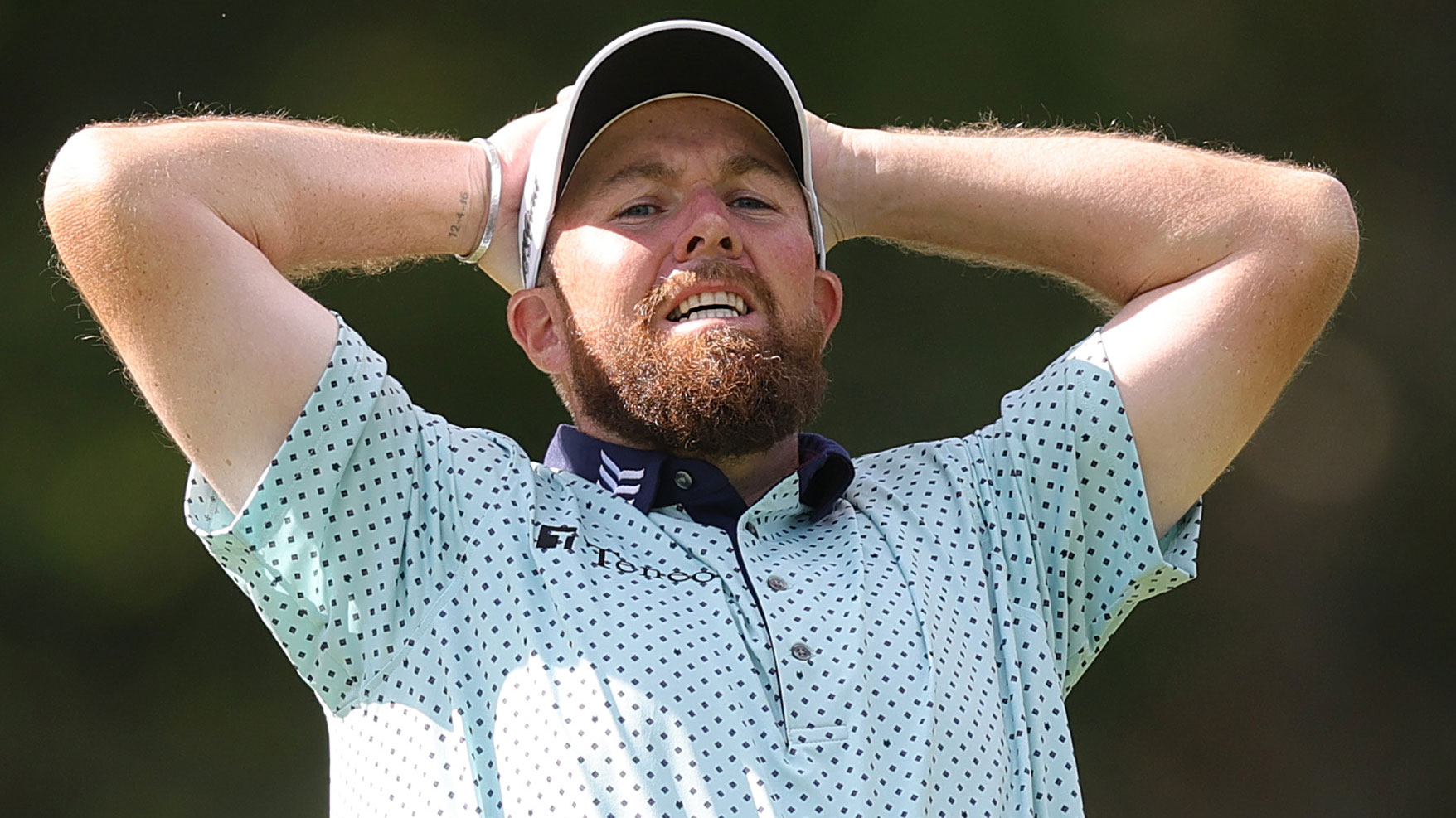 'I'm Not Going To Stand Here And Talk About Rory For 10 Minutes' - Shane Lowry Frustrated After Late Slip
'I'm Not Going To Stand Here And Talk About Rory For 10 Minutes' - Shane Lowry Frustrated After Late SlipThe Irishman spoke to the media after his round, but he was in no mood to discuss about McIlroy
By Michael Weston Published
-
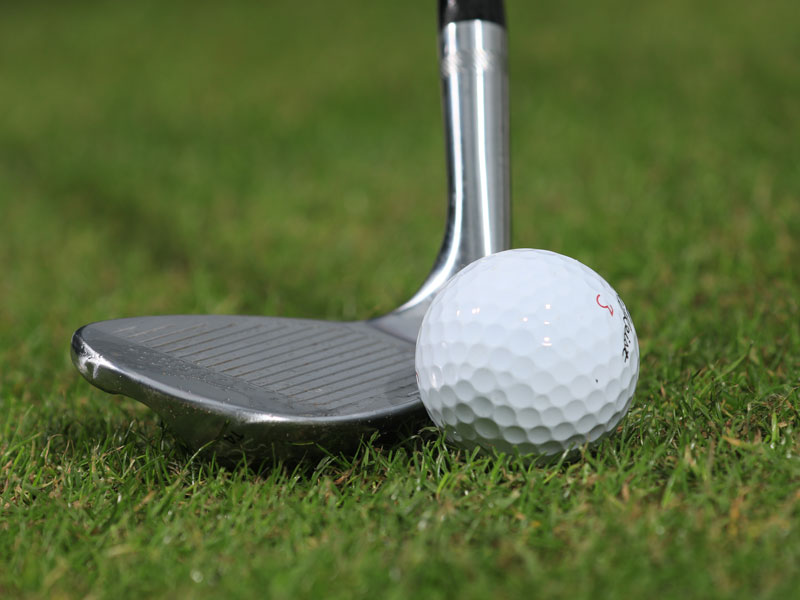 5 Biggest Short Game Mistakes
5 Biggest Short Game MistakesBy Clive Tucker Published
-
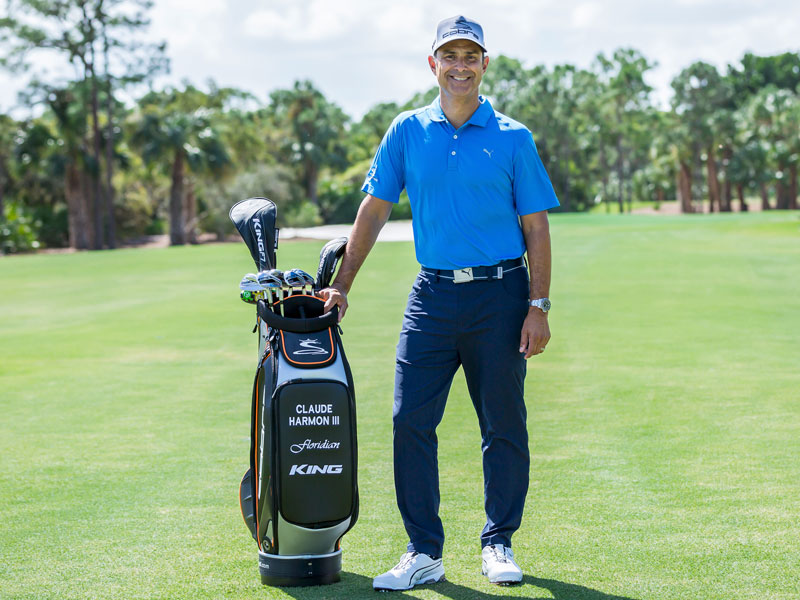 Claude Harmon: My 10 Best Golf Tips
Claude Harmon: My 10 Best Golf TipsLeading golf coach and Sky Sports analyst Claude Harmon can help you play better golf...
By Elliott Heath Published
-
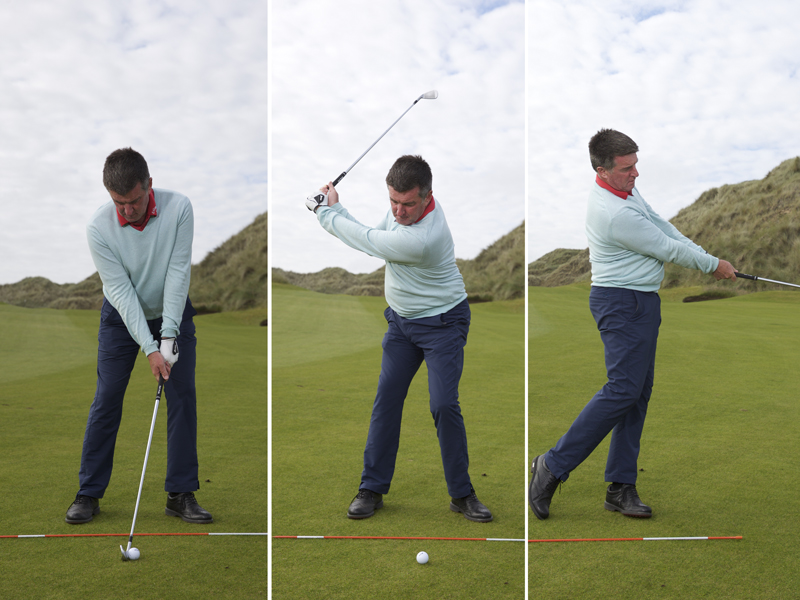 Step-by-step guide to playing the punch
Step-by-step guide to playing the punchBy Neil Tappin Published
-
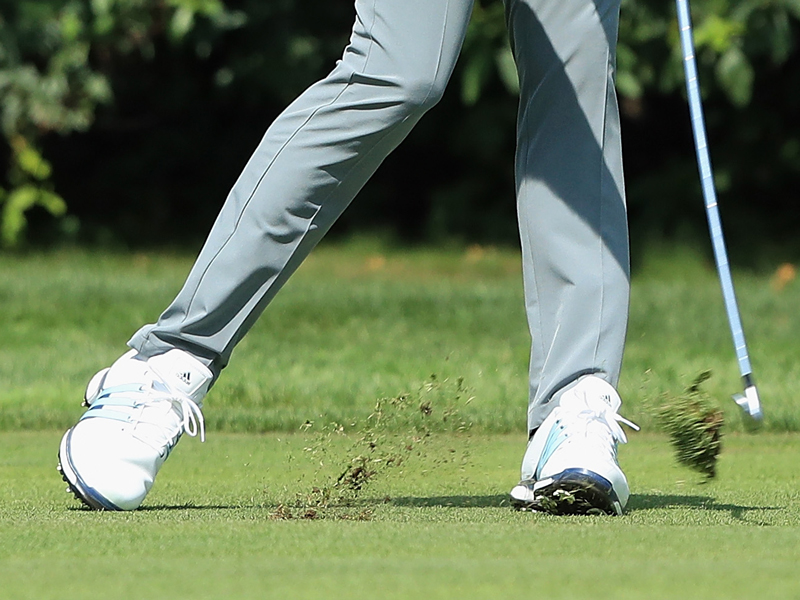 Where should my divots start?
Where should my divots start?By Neil Tappin Published
-
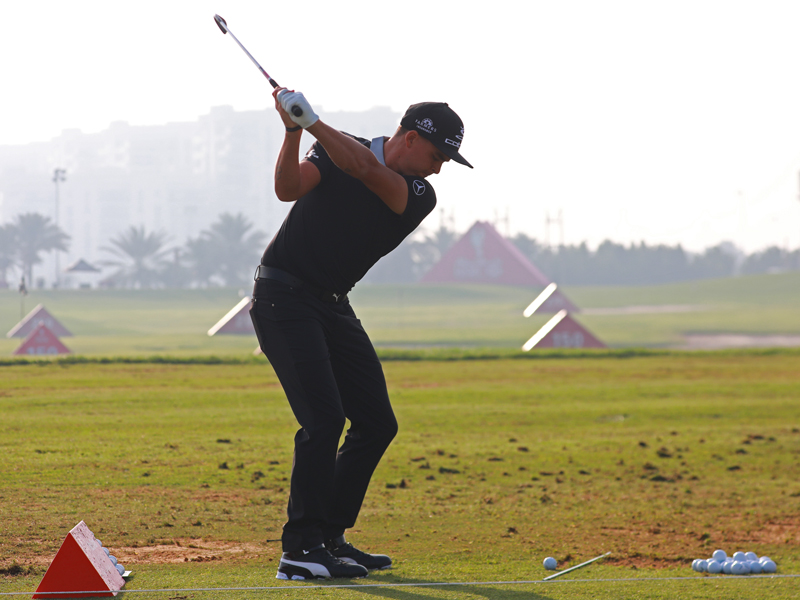 Rickie Fowler's 90-minute warm-up plan for golf
Rickie Fowler's 90-minute warm-up plan for golfBy Neil Tappin Published
-
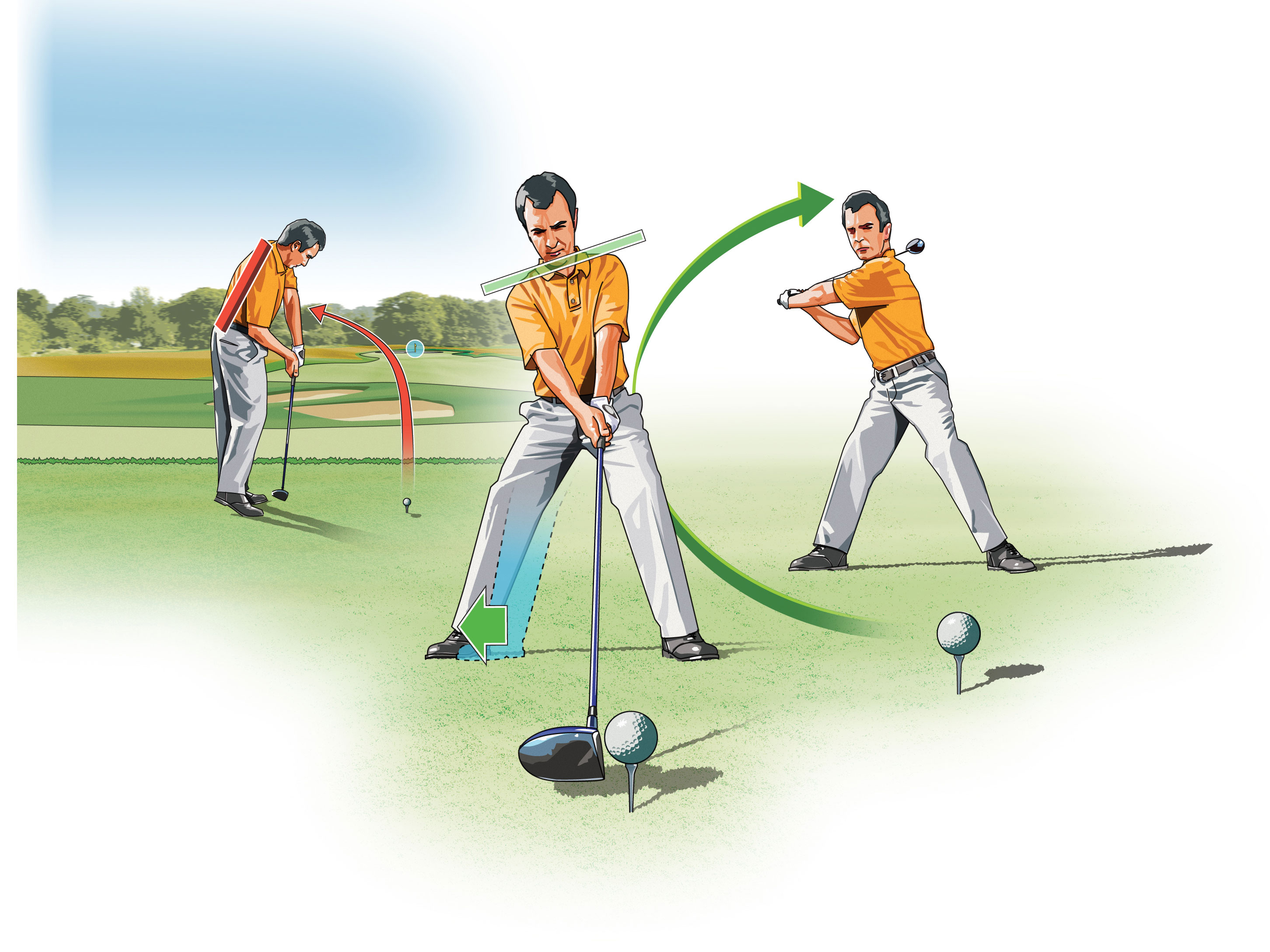 Power fixes for golf
Power fixes for golfGolf Monthly Top 25 coach Clive Tucker tells you how to achieve your most powerful golf swing.
By Tiyah Hernandez-Pierrepont Published
-
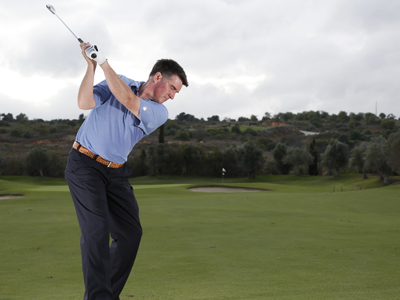 Better distance control with irons
Better distance control with ironsBy Neil Tappin Published
-
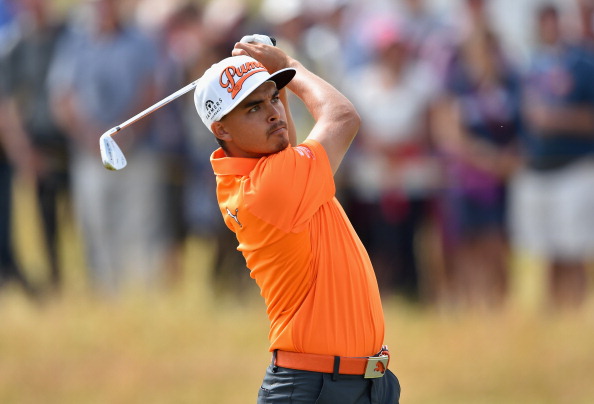 Rickie Fowler Golf Swing Analysis
Rickie Fowler Golf Swing AnalysisBy Neil Tappin Published